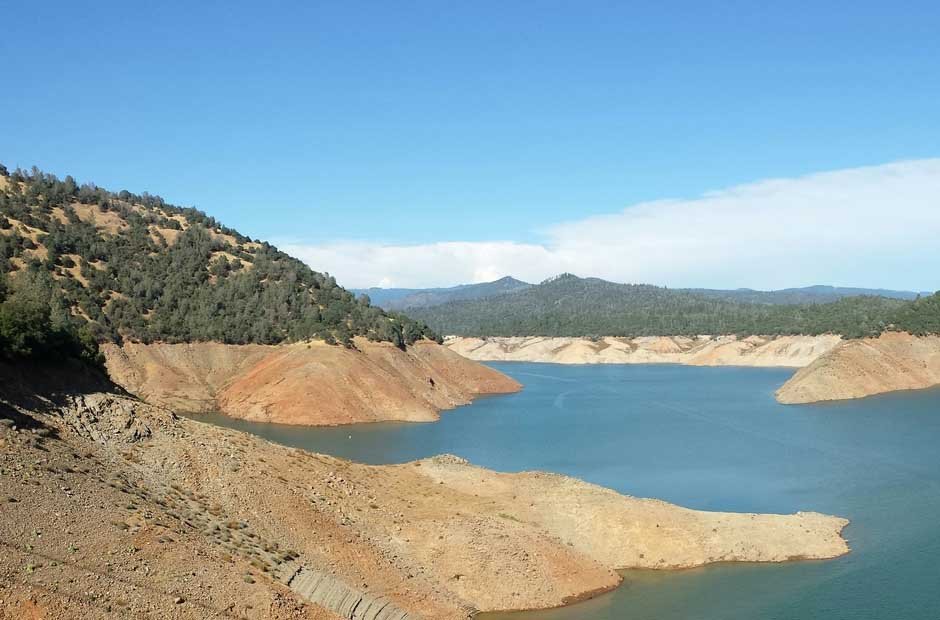In an era where the term ‘liquid gold’ increasingly refers to water rather than oil, we dive into the economics of water scarcity—a challenge that defines our century. This isn’t just an environmental issue; it’s a critical economic concern that affects global markets, livelihoods, and the very fabric of society. Let’s explore the complexities of water scarcity and the innovative solutions emerging around the globe.
Thirsty World: Understanding Water Scarcity
Water scarcity is becoming a stark reality in many parts of the world, driven by a combination of climate change, population growth, and inefficient water use. This scarcity is not just about having enough water to drink; it impacts agriculture, industry, and the ecosystems that support us. Understanding the root causes and the economic implications is the first step toward addressing this global challenge.
The High Cost of Dryness
The economic impact of water scarcity is profound. Industries that depend heavily on water, such as agriculture, textiles, and manufacturing, are particularly vulnerable. In regions like Australia, innovative solutions like water filters Australia have become increasingly important for ensuring the quality and availability of water for both personal and industrial use. These technologies represent a growing market aimed at mitigating scarcity and its associated costs.
Water Markets: A Solution or a Problem?
Water trading has emerged as a potential solution to allocate water more efficiently, especially in water-stressed regions. By allowing the transfer of water rights, markets can theoretically ensure that water flows to where it’s most valued. However, the creation of water markets also raises ethical concerns about commodifying a resource that is fundamental to life and the environment.
Investment in Water Infrastructure
Investing in water infrastructure is crucial for addressing scarcity. From desalination plants to modern irrigation systems, the development of infrastructure can enhance water efficiency and supply. However, these projects require significant capital and pose questions about affordability and access, especially in developing economies.
The Role of Technology and Innovation
Advancements in technology offer promising solutions to water scarcity. Innovations in water purification, such as reverse osmosis and nanofiltration, are making it possible to utilize non-traditional water sources. Smart agriculture technologies are helping farmers use water more efficiently, reducing waste and improving crop yields.
Policy and Governance: Steering the Ship
Effective governance and policy-making play a pivotal role in managing water scarcity. Policies that promote water conservation, protect natural water sources, and encourage the sustainable use of water resources are essential. International cooperation is also critical, as water scarcity is a global issue that transcends borders.
Public Awareness and Education
Cultivating a culture of water conservation is vital. Public awareness campaigns and education can change water use habits and promote a more sustainable relationship with this precious resource. Empowering individuals and communities to take action not only conserves water but also builds resilience against future scarcity.
Looking Ahead: The Future of Water Economics
The economics of water scarcity is a dynamic field, influenced by technological, political, and social changes. As we look to the future, it’s clear that innovation, collaboration, and sustainable practices will be key to ensuring that water—our liquid gold—remains accessible and affordable for all.
Final Thoughts
Water scarcity is one of the defining challenges of the 21st century, with profound implications for economies around the globe. By understanding the economic dynamics at play and investing in solutions that are sustainable, equitable, and innovative, we can turn the tide on water scarcity. The journey is complex, but with collective effort and ingenuity, a future where water scarcity is a challenge of the past is within our reach.


